Strategically placed, at the highest point of navigation on the River Guadalquivir, Córdoba started life as an Iberian settlement. This was taken from the Carthaginians by the Romans in 206 BC.
By Nick Nutter | Updated 3 Oct 2022 | Córdoba | Cities |
Login to add to YOUR Favourites or Read Later
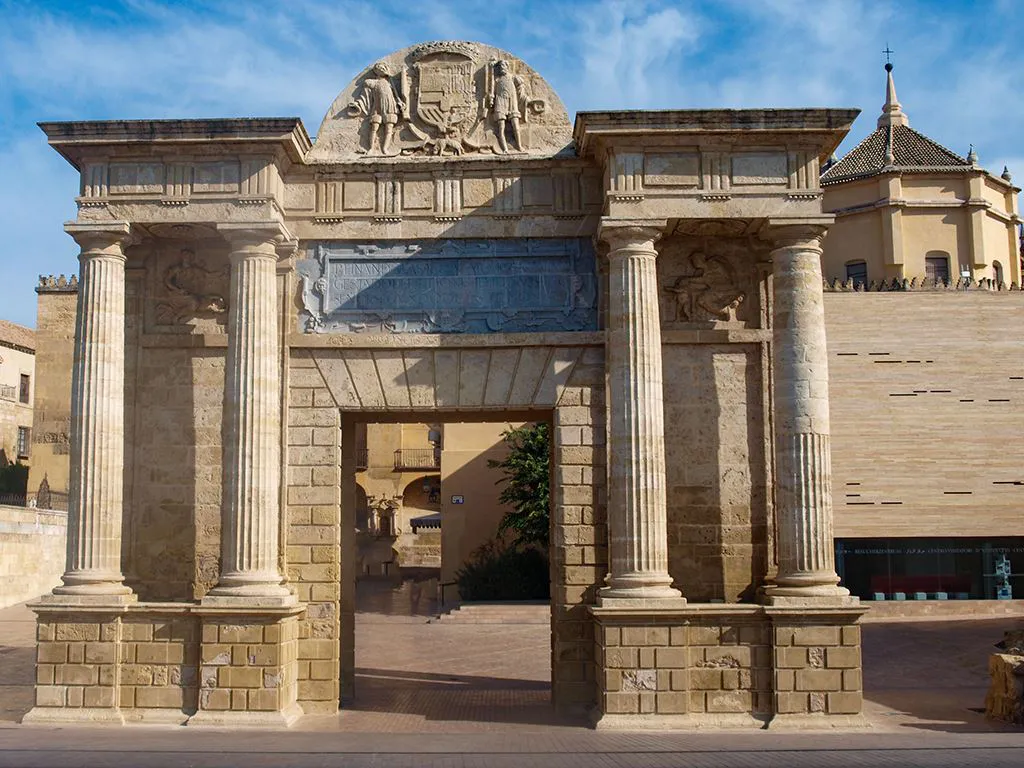
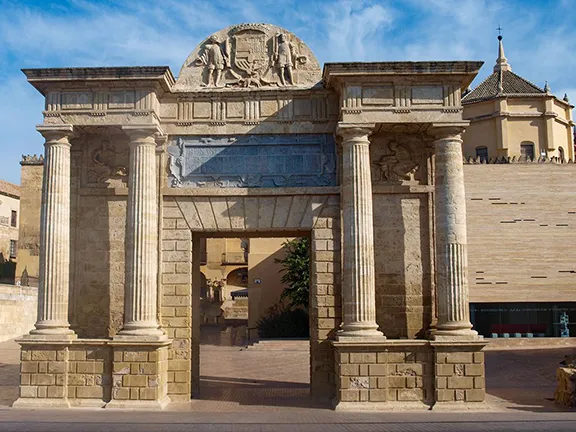
Bridge Gate, Cordoba
Between 169 and 152 BC, the actual date is unknown, a Latin colony was established alongside the Carthaginian settlement. By 113 BC, the colony, Corduba Patricia, had its own forum. The famous ‘Cordoba Treasure’, now in the British Museum, dates from this period. Between 46 and 45 BC the Romans established Corduba Patricia as a Colonia. The city flourished under Roman rule, despite the massacre of 20,000 of its inhabitants in 45 BC by Julius Caesar for them having supported the sons of Pompey. Under Augustus, in 27 BC, the city became the capital of the prosperous Roman province of Baetica.
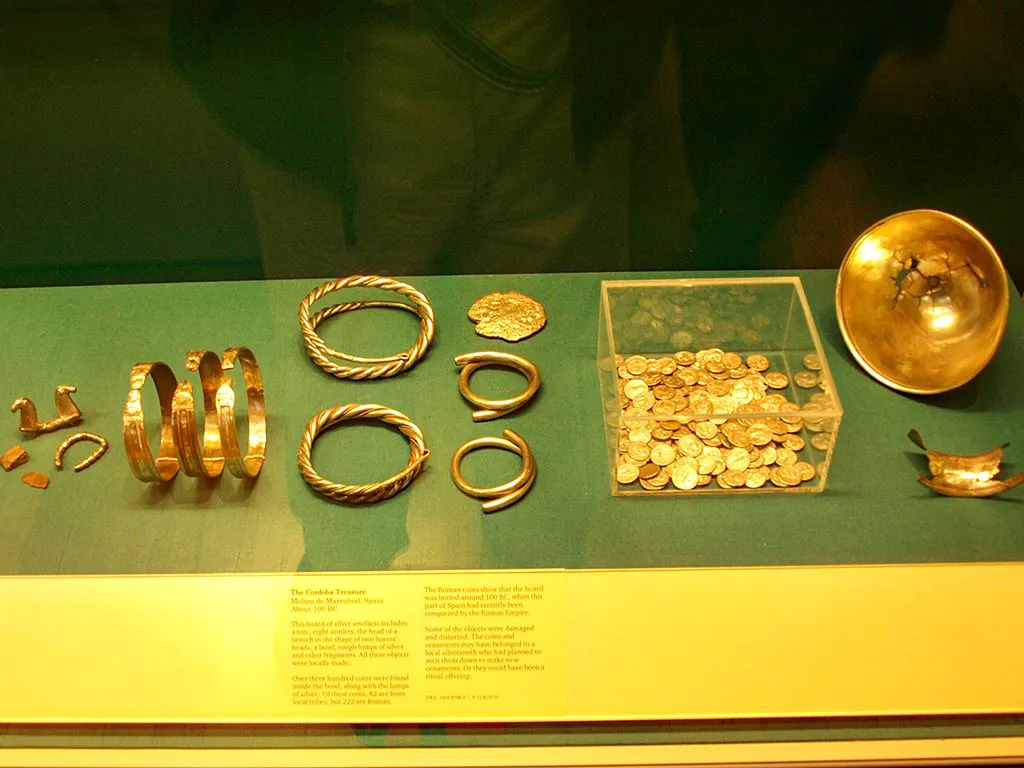
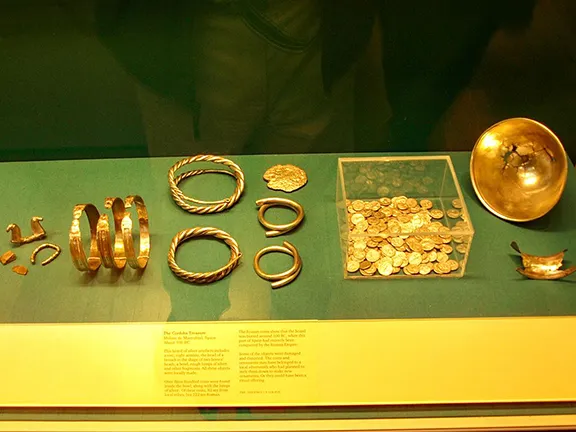
Cordoba Treasure - British Museum
Following the Romans, Córdoba was occupied by the Visigoths from about 476 AD. The occupation proved unpopular with the locals and a revolt against the Visigothic King Agila around 554 AD, led to a short period of local independence that came to a sudden, and bloody, end in 572 AD when the Visigoths decided the Cordobians had started an unacceptable precedent.
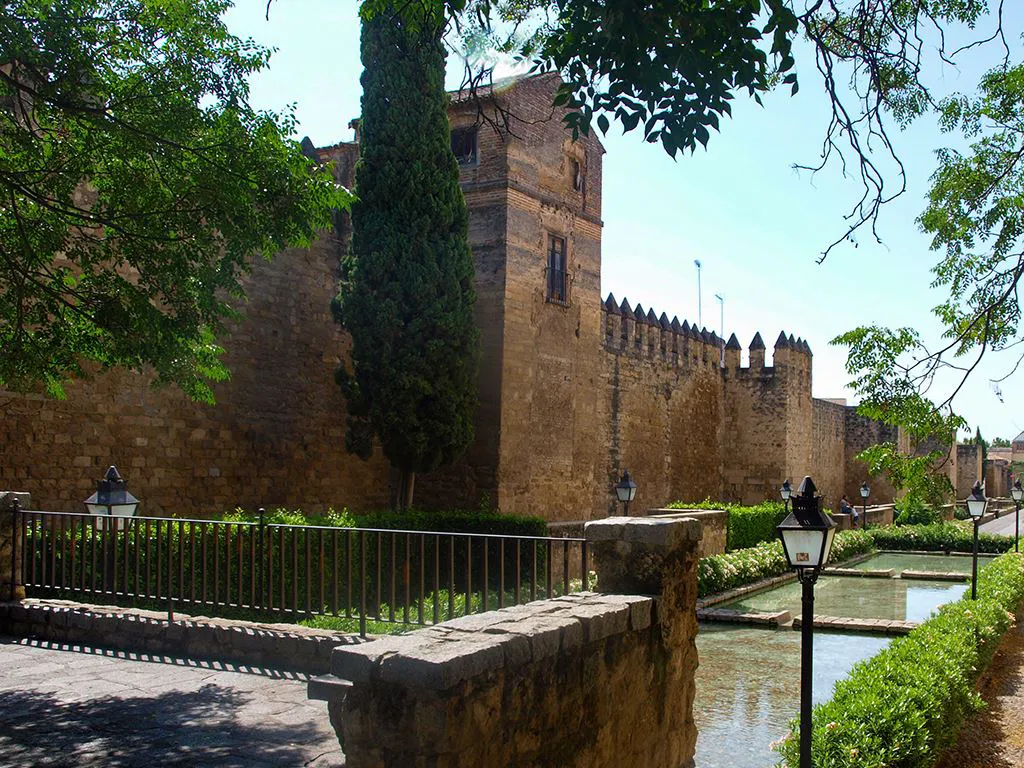
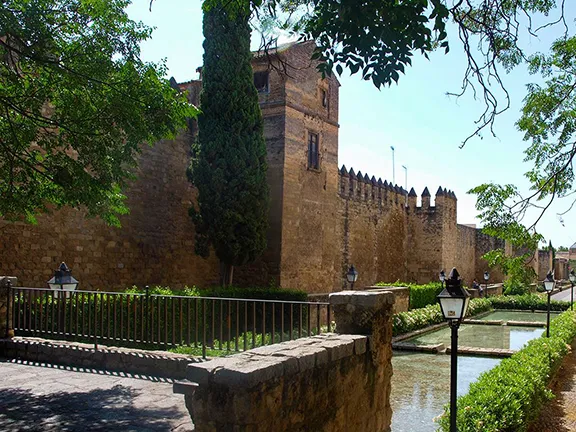
City Walls, Cordoba
The Byzantines, or Eastern Roman Empire, arrived in Spain in 572 AD. They landed near Malaga and later Cartagena and established themselves along a coastal strip, never extending far inland. Their territory was called Spania and it was primarily a bulwark to impede Visigothic expansion from the Iberian peninsula into North Africa. Córdoba was in an ambiguous position during this period, never far from the northern limit of Spania. Some historians believe Córdoba was the first capital of Spania whilst others believe it was never part of Spania at all, a conundrum still to be solved. In any case, Spania ceased to exist in 624 AD when the Visigoths ejected the Byzantine army.
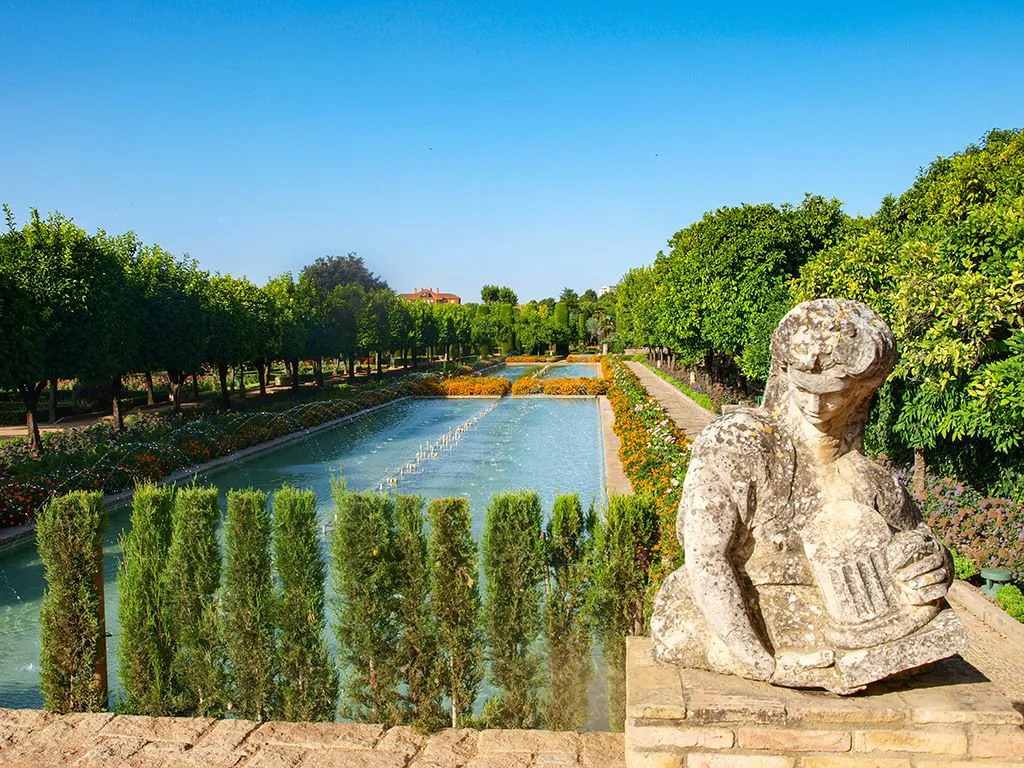
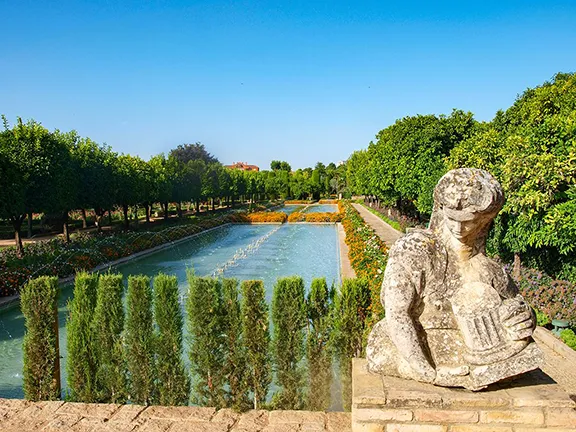
Alcazar, Cordoba
After the Muslim conquest of Iberia in 711, during which the city of Córdoba was largely destroyed, the Umayyad amirs (leaders) established Córdoba (Qurtubah) as the capital of Al-Andalus.
One of these Umayyad leaders was Abd al-Rahman I. Under his rule, the city acquired a reputation for splendour and refinement that rivalled Baghdad in the east. Scholars of all faiths flocked to Córdoba to take part in scientific ventures patronized by the rulers. This cultural burgeoning continued under the rule of his descendants.
By the 10th century during caliph Abd al-Rahman III‘s reign, Córdoba distinguished itself as the most advanced and the second largest city in Europe. Cordobians enjoyed running water in private homes, paved streets, streetlights, lush gardens, and a rich bounty of foods, medicines, clothing, and crafts. By this time, the city’s population exceeded half a million inhabitants. The city included numerous suburbs, hundreds of mosques, public baths, suqs (markets), mills, and palaces.
In the early 11th century, the caliphate crumbled amid economic and military pressures. This downturn led to the rise of smaller kingdoms, called taifas. Yet, the rulers of these petty kingdoms continued to emulate the Córdoba’s opulence.
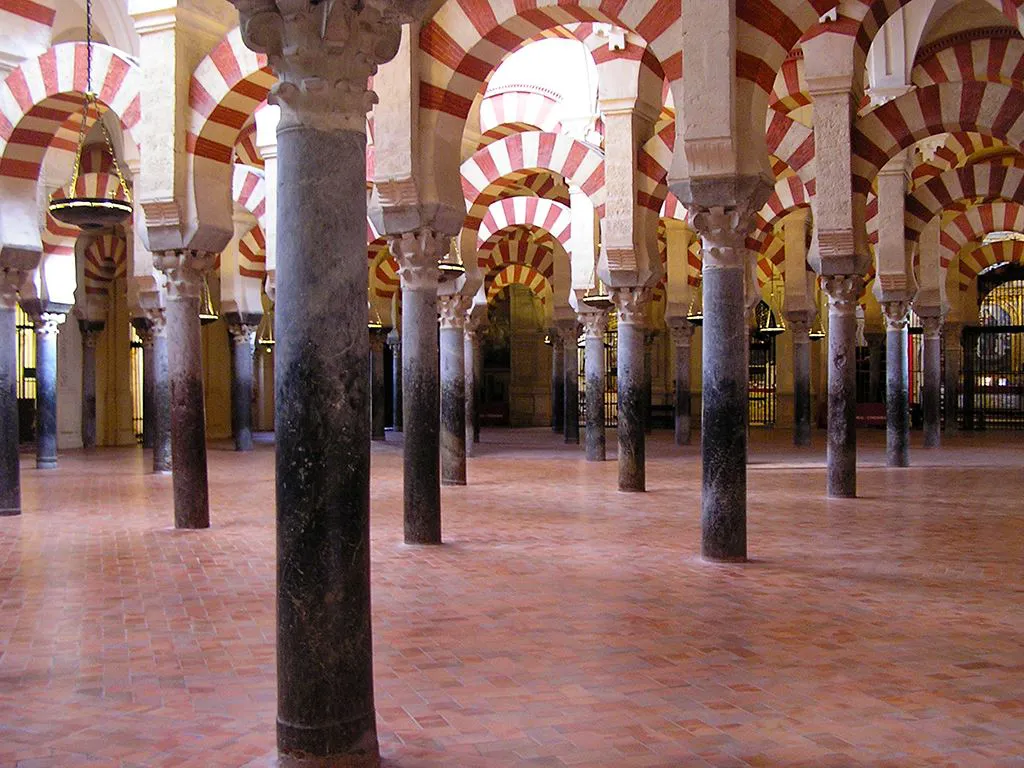
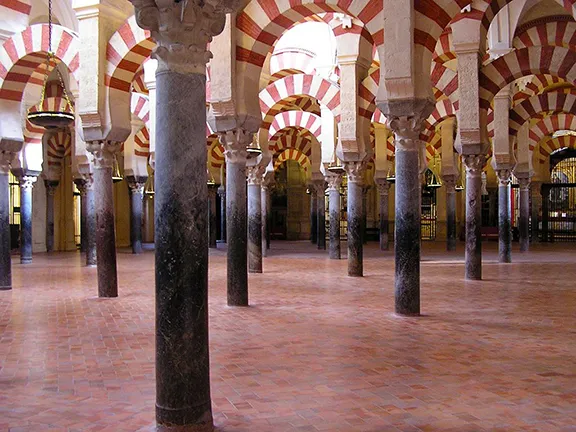
The Mezquita Cordoba
Córdoba fell to the Castilian king Ferdinand III in 1236 and became part of Christian Spain. Until the fall of Granada in 1492, Córdoba was on the edge of the ‘no man’s land’ between the Christian held territories and that held by the Muslims. The city experienced a period of decline such that by 1492, it was a quiet place with a few aristocratic houses, churches and monasteries.
The Spanish Inquisition was used for both political and religious reasons. Spain is a nation-state that was born out of religious struggle between numerous different belief systems including Catholicism, Islam, Protestantism and Judaism. Following the Reconquest of Spain by the Christian monarchs the leaders of Spain needed a way to unify the country into a strong nation. Ferdinand and Isabella chose Catholicism to unite Spain and in 1478 asked permission of the pope to begin the Spanish Inquisition to purify the people of Spain. Córdoba was home to one of the principle tribunals. They started by driving out Jews, Protestants and other non-believers.
The city was stormed and sacked by the French in 1808 for its part in fomenting the rebellion against Napoleonic French rule.
On 18 July 1936, the military governor of the province, Colonel Ciriaco Cascajo, launched a Nationalist coup in the city, bombing the civil government and arresting the civil governor, Rodríguez de León. It was a putsch that ignited the Spanish Civil War.
Following the orders of the putschist General Queipo de Llano, Cascajo declared a state of war. The putschists were met by the resistance of the political and social representatives who had gathered in the civil government headquarters. They remained there until the Nationalist rifle fire and the presence of artillery broke their morale. When its defenders began fleeing the building, Rodríguez de León finally decided to surrender and was arrested. In the following weeks, Queipo de Llano and Major Bruno Ibañez carried out a bloody repression in which 2,000 persons were executed. The ensuing Francoist repression during the war and in the immediate post-war period (1936–1951) is estimated to have led to around 9,579 killings in the province.